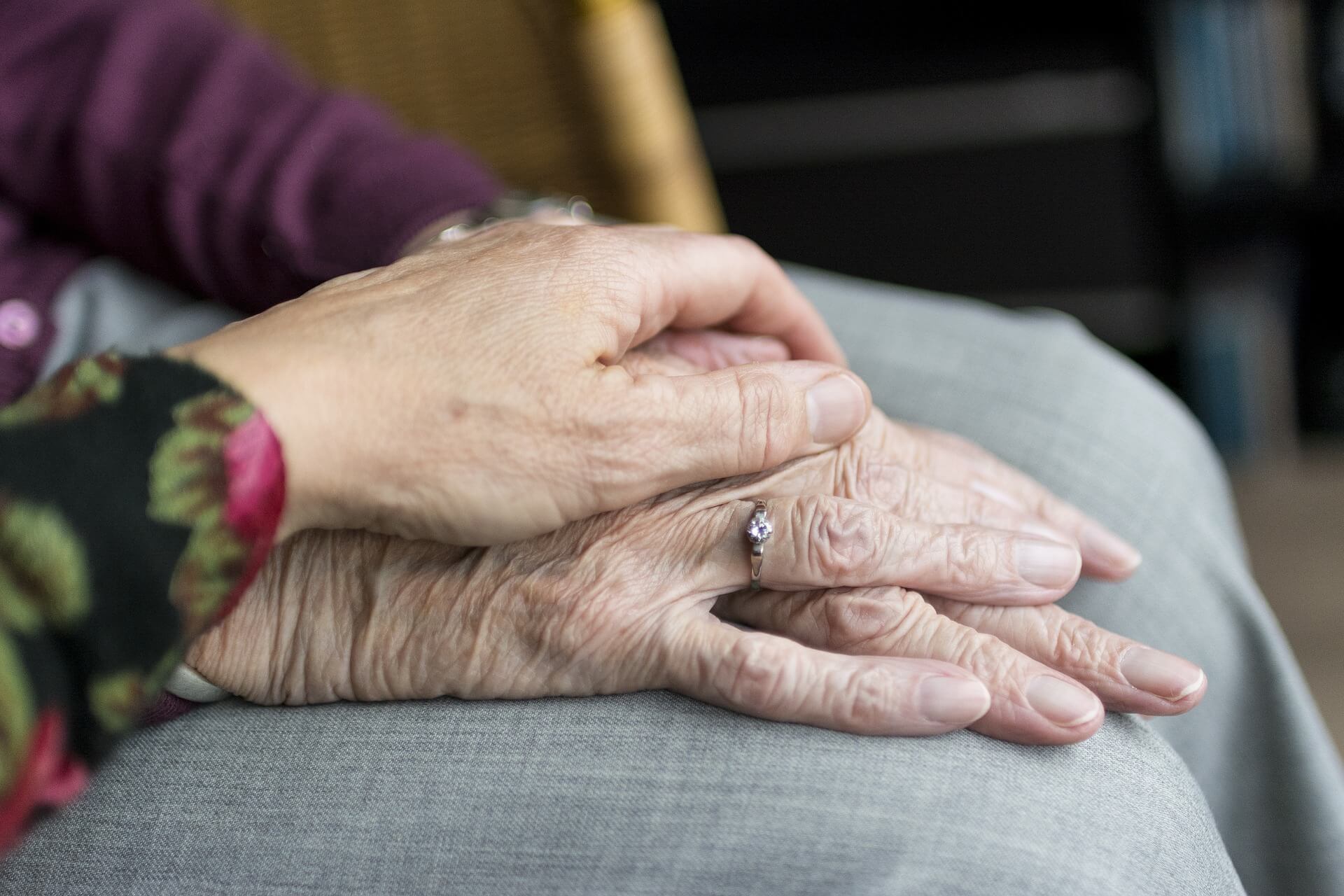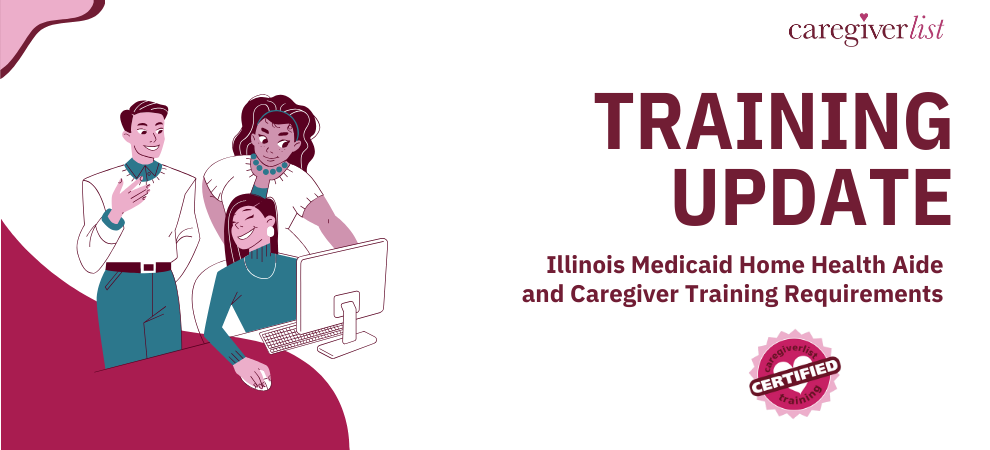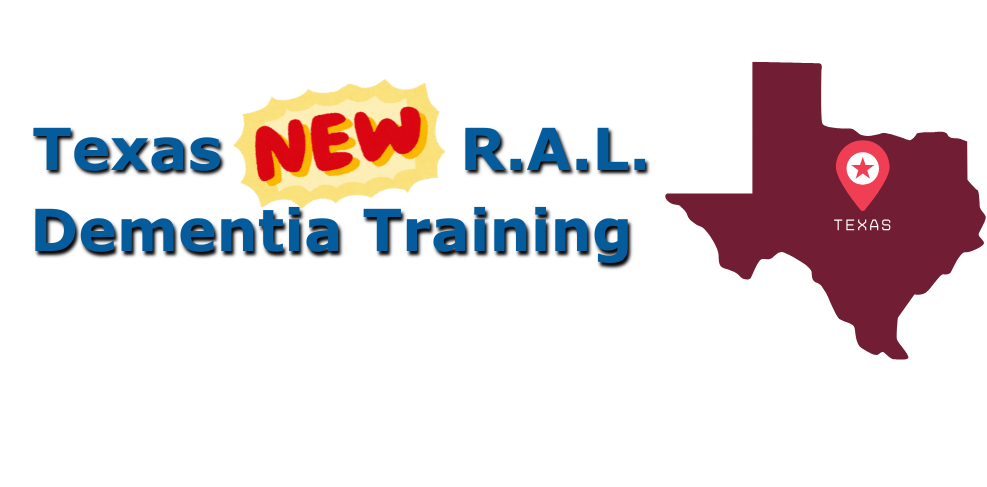My elderly mother recently suffered a fall. She’d been walking across her bedroom and a slipper got caught under a rug and down she went. Luckily, her injuries were not too bad—she sustained some bruises but no broken bones. She was very lucky, but as I learned, many seniors are not so fortunate.
According to the Center for Disease Control and Prevention, thousands of elderly Americans fall at home. Many of those falls result in broken bones or head trauma. Even if the fall doesn’t result in injury, many seniors will be so afraid of subsequent falls that they will curtail their daily activities as a result. Here are some facts from the CDC:
- One out of three adults age 65 and older falls each year, but less than half talk to their healthcare providers about it.
- Among older adults (those 65 or older), falls are the leading cause of injury death. They are also the most common cause of nonfatal injuries and hospital admissions for trauma.
- In 2010, 2.3 million nonfatal fall injuries among older adults were treated in emergency departments and more than 662,000 of these patients were hospitalized.
- In 2010, the direct medical costs of falls, adjusted for inflation, was $30.0 billion.
But it’s not all bad news. The CDC is also quick to point out that there are “proven interventions that can reduce falls and help older adults live better, and longer.” Evidence shows that falls among the elderly are largely preventable. On their website, the CDC provides a Home Fall Prevention Checklist for Older Adults.
The Mayo Clinic also offers these 6 tips to prevent falls:
- Make a doctor appointment to review any medications, check for eye or ear disorders, and check general health conditions.
- Keep moving. Gentle exercise like water workouts and tai chi improve strength, coordination, balance and flexibility.
- Wear sensible shoes or none at all. High heels, slippers (mom!), thick-soled shoes and even stocking feet can make you slip or stumble and fall.
- Remove home hazards. Keep walkways clear of objects like boxes, tables and plant stands. Secure rugs with double-stick tape. Use non-slip mats in showers. Keep much-used house items like dishes, food and clothing within easy reach. Light up your life with plenty of lamps with bright bulbs.
- Turn on lights when going up and down stairs. Keep flashlights handy in case of power outages.
- Install assistive devices such as hand rails, grab bars, raised toilet seats. Consider a sturdy plastic seat for the shower along with a hand-held shower nozzle.
Owning a good Medical Alert System is vital. In addition to providing real help in case of an accident or fall, simply possessing such a device can contribute to peace of mind for older adults who live alone.
Our good friend Charlotte Bishop also discusses tips on preventing outdoor falls in a recent blog on her Creative Care Management website. Inside or out, an ounce of prevention is certainly the best bet to bring down the alarming number of senior falls and keep our loved ones safe.







